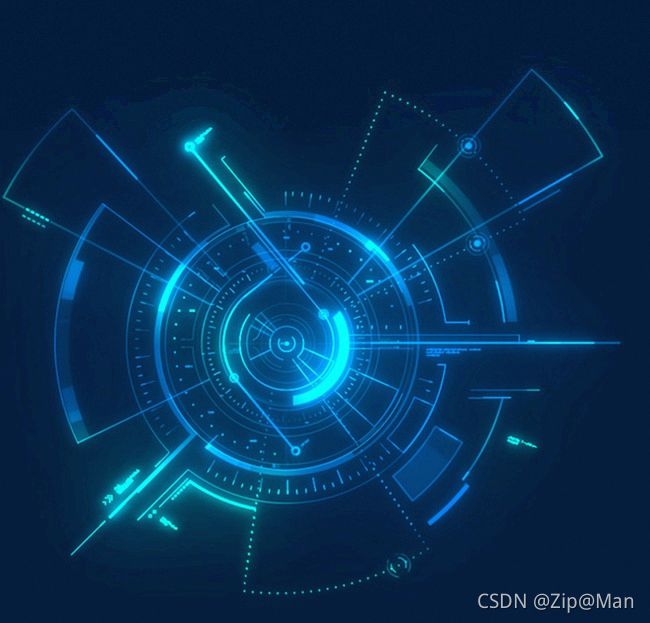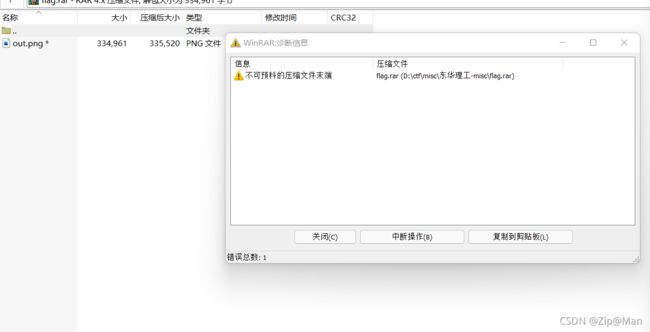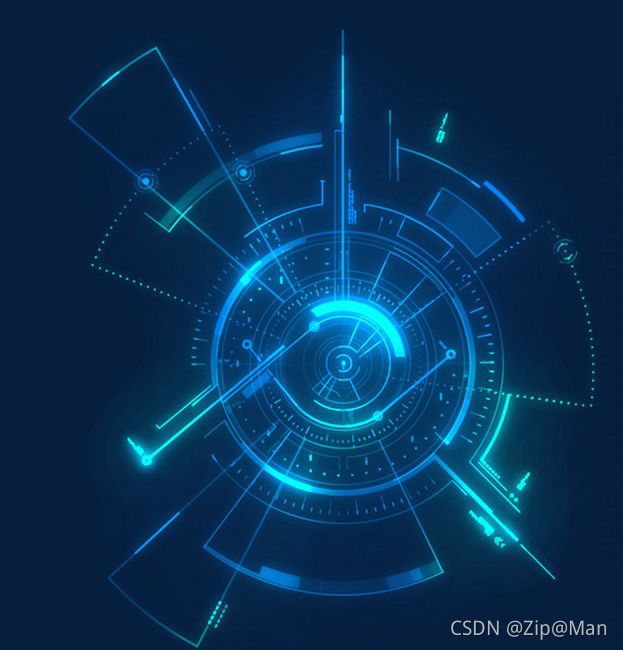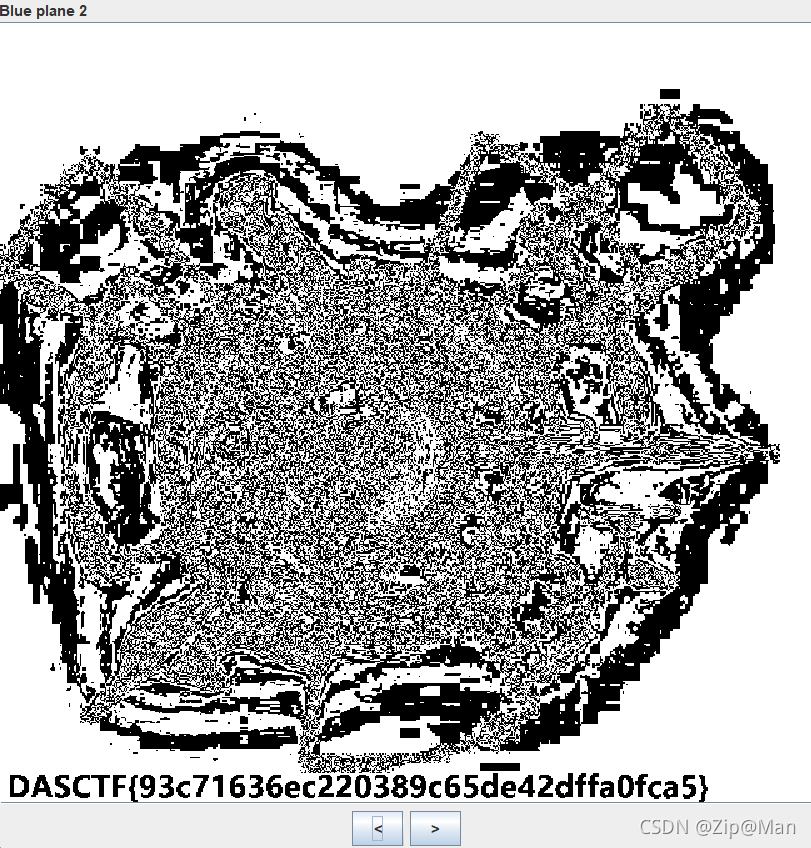第四届江西省高校网络安全技能大赛 决赛 MISC
第四届江西省高校网络安全技能大赛 线下赛MISC
拿到这图片用010editor打开,没看到什么有用的信息,然后用stegsolve打开图片。
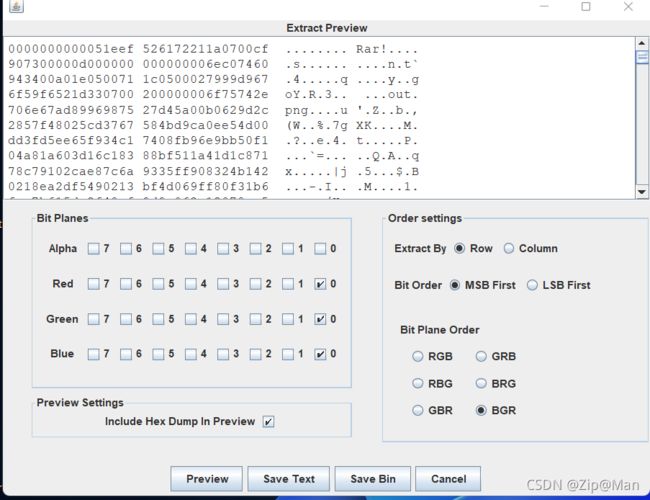
在发现是LSB隐写,通道BGR里面有一个rar文件,save bin到本地,发现压缩包损坏。

.RAR文件由于有头部校验,使用伪加密时打开文件会出现报错,使用010Editor修改标志位后如报错消失且正常解压缩,说明是伪加密。使用010Editor打开RAR文件,找到第24个字节,把60改成64 就可以解除报错。
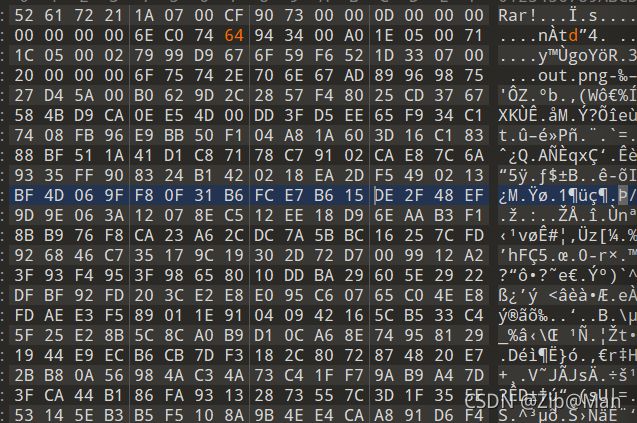
然后这里遇到了一个坑,用stegsolve分离出的rar有问题,这里在我尝试了很久过后,然后还是打算使用官方给的lsb脚本,需要安装的库有opencv-python(cv2) docop tnumpy
#!/usr/bin/env python
# coding:UTF-8
"""LSBSteg.py
Usage:
LSBSteg.py encode -i -o
import cv2
import docopt
import numpy as np
class SteganographyException(Exception):
pass
class LSBSteg():
def __init__(self, im):
self.image = im
self.height, self.width, self.nbchannels = im.shape
self.size = self.width * self.height
self.maskONEValues = [1,2,4,8,16,32,64,128]
#Mask used to put one ex:1->00000001, 2->00000010 .. associated with OR bitwise
self.maskONE = self.maskONEValues.pop(0) #Will be used to do bitwise operations
self.maskZEROValues = [254,253,251,247,239,223,191,127]
#Mak used to put zero ex:254->11111110, 253->11111101 .. associated with AND bitwise
self.maskZERO = self.maskZEROValues.pop(0)
self.curwidth = 0 # Current width position
self.curheight = 0 # Current height position
self.curchan = 0 # Current channel position
def put_binary_value(self, bits): #Put the bits in the image
for c in bits:
val = list(self.image[self.curheight,self.curwidth]) #Get the pixel value as a list
if int(c) == 1:
val[self.curchan] = int(val[self.curchan]) | self.maskONE #OR with maskONE
else:
val[self.curchan] = int(val[self.curchan]) & self.maskZERO #AND with maskZERO
self.image[self.curheight,self.curwidth] = tuple(val)
self.next_slot() #Move "cursor" to the next space
def next_slot(self):#Move to the next slot were information can be taken or put
if self.curchan == self.nbchannels-1: #Next Space is the following channel
self.curchan = 0
if self.curwidth == self.width-1: #Or the first channel of the next pixel of the same line
self.curwidth = 0
if self.curheight == self.height-1:#Or the first channel of the first pixel of the next line
self.curheight = 0
if self.maskONE == 128: #Mask 1000000, so the last mask
raise SteganographyException("No available slot remaining (image filled)")
else: #Or instead of using the first bit start using the second and so on..
self.maskONE = self.maskONEValues.pop(0)
self.maskZERO = self.maskZEROValues.pop(0)
else:
self.curheight +=1
else:
self.curwidth +=1
else:
self.curchan +=1
def read_bit(self): #Read a single bit int the image
val = self.image[self.curheight,self.curwidth][self.curchan]
val = int(val) & self.maskONE
self.next_slot()
if val > 0:
return "1"
else:
return "0"
def read_byte(self):
return self.read_bits(8)
def read_bits(self, nb): #Read the given number of bits
bits = ""
for i in range(nb):
bits += self.read_bit()
return bits
def byteValue(self, val):
return self.binary_value(val, 8)
def binary_value(self, val, bitsize): #Return the binary value of an int as a byte
binval = bin(val)[2:]
if len(binval) > bitsize:
raise SteganographyException("binary value larger than the expected size")
while len(binval) < bitsize:
binval = "0"+binval
return binval
def encode_text(self, txt):
l = len(txt)
binl = self.binary_value(l, 16) #Length coded on 2 bytes so the text size can be up to 65536 bytes long
self.put_binary_value(binl) #Put text length coded on 4 bytes
for char in txt: #And put all the chars
c = ord(char)
self.put_binary_value(self.byteValue(c))
return self.image
def decode_text(self):
ls = self.read_bits(16) #Read the text size in bytes
l = int(ls,2)
i = 0
unhideTxt = ""
while i < l: #Read all bytes of the text
tmp = self.read_byte() #So one byte
i += 1
unhideTxt += chr(int(tmp,2)) #Every chars concatenated to str
return unhideTxt
def encode_image(self, imtohide):
w = imtohide.width
h = imtohide.height
if self.width*self.height*self.nbchannels < w*h*imtohide.channels:
raise SteganographyException("Carrier image not big enough to hold all the datas to steganography")
binw = self.binary_value(w, 16) #Width coded on to byte so width up to 65536
binh = self.binary_value(h, 16)
self.put_binary_value(binw) #Put width
self.put_binary_value(binh) #Put height
for h in range(imtohide.height): #Iterate the hole image to put every pixel values
for w in range(imtohide.width):
for chan in range(imtohide.channels):
val = imtohide[h,w][chan]
self.put_binary_value(self.byteValue(int(val)))
return self.image
def decode_image(self):
width = int(self.read_bits(16),2) #Read 16bits and convert it in int
height = int(self.read_bits(16),2)
unhideimg = np.zeros((width,height, 3), np.uint8) #Create an image in which we will put all the pixels read
for h in range(height):
for w in range(width):
for chan in range(unhideimg.channels):
val = list(unhideimg[h,w])
val[chan] = int(self.read_byte(),2) #Read the value
unhideimg[h,w] = tuple(val)
return unhideimg
def encode_binary(self, data):
l = len(data)
if self.width*self.height*self.nbchannels < l+64:
raise SteganographyException("Carrier image not big enough to hold all the datas to steganography")
self.put_binary_value(self.binary_value(l, 64))
for byte in data:
byte = byte if isinstance(byte, int) else ord(byte) # Compat py2/py3
self.put_binary_value(self.byteValue(byte))
return self.image
def decode_binary(self):
l = int(self.read_bits(64), 2)
output = b""
for i in range(l):
output += bytearray([int(self.read_byte(),2)])
return output
def main():
args = docopt.docopt(__doc__, version="0.2")
in_f = args["--in"]
out_f = args["--out"]
in_img = cv2.imread(in_f)
steg = LSBSteg(in_img)
lossy_formats = ["jpeg", "jpg"]
if args['encode']:
#Handling lossy format
out_f, out_ext = out_f.split(".")
if out_ext in lossy_formats:
out_f = out_f + ".png"
print("Output file changed to ", out_f)
data = open(args["--file"], "rb").read()
res = steg.encode_binary(data)
cv2.imwrite(out_f, res)
elif args["decode"]:
raw = steg.decode_binary()
with open(out_f, "wb") as f:
f.write(raw)
if __name__=="__main__":
main()
python3 lsb.py decode -i flag.rar -o 123.rar
然后使用ARCHPR进行字典爆破得到加密密码为123321。
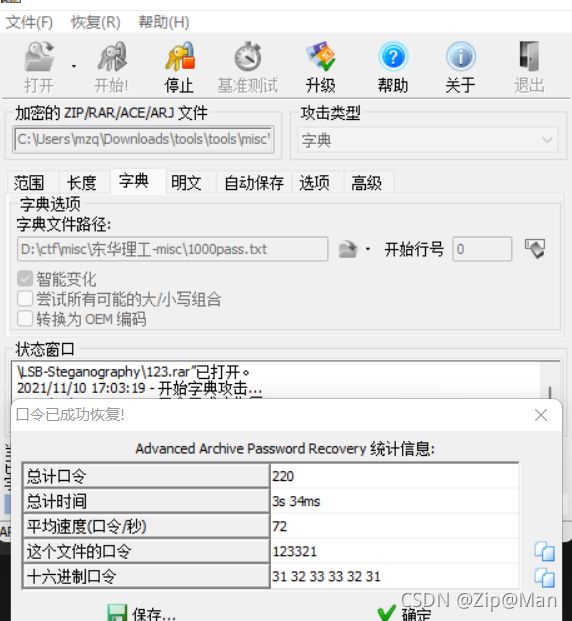
用stegsolve打开图片,在blue plane2发现flag。
